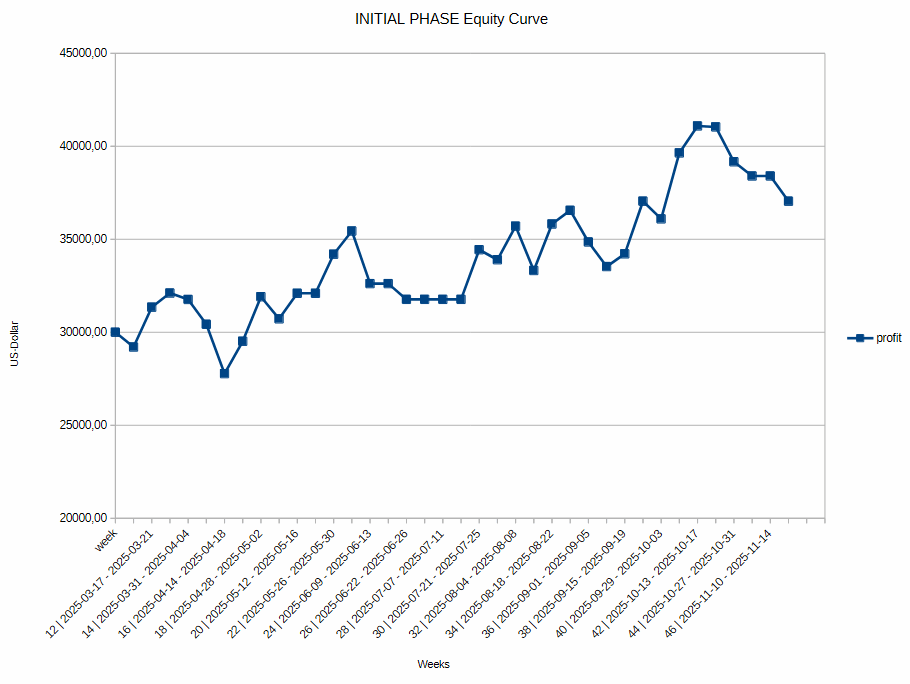The Commitment of Traders (COT) report is a valuable tool for traders in the futures markets, providing insights into the positions held by different types of market participants. This report, published weekly by the Commodity Futures Trading Commission (CFTC), can offer clues about market sentiment and potential price movements. In this article, we’ll dive into what COT data is, how it’s structured, and how you can use it to enhance your trading strategy.
What is COT Data?
The COT report provides a breakdown of the open interest (the total number of outstanding contracts) in futures markets, categorized by the type of trader. It typically covers various markets, including commodities, currencies, and stock indexes. The report is released every Friday and reflects the positions as of the preceding Tuesday.
Categories in the COT Report
The COT report divides traders into three main categories:
- Commercial Traders (Hedgers): These are typically producers, merchants, processors, or end users of a commodity. They use futures markets to hedge against price risks in the physical market. For example, a grain producer might sell futures contracts to lock in a price for their crop.
- Non-Commercial Traders (Speculators): This group includes large institutional investors, hedge funds, and other entities that trade futures to profit from price movements, rather than to hedge against price risks. They are often considered the "smart money" because of their influence and resources.
- Non-Reportable Traders (Small Traders):These are typically individual traders or small institutions that do not hold large enough positions to be required to report them to the CFTC. This category often represents the general public or retail traders.
How to Interpret COT Data
Understanding how to interpret COT data can give you an edge in the markets. Here’s how you can break it down:
- Analyze the Net Position: The net position is the difference between the number of long contracts (buying interest) and short contracts (selling interest) held by each group of traders. For example, if commercial traders are net short, it might indicate that they are hedging against future price declines.
- Look for Extremes: Extreme positions can be particularly insightful. For example, if non-commercial traders hold a record number of long positions, it could signal that the market is overbought and due for a correction. Conversely, if commercial traders are extremely net long, it could indicate that prices are likely to rise, as these traders are often well-informed.
- Watch for Divergences: Divergences between price action and COT data can also provide trading opportunities. If prices are rising, but commercial traders are increasingly going short, it could suggest that the rally is losing momentum. Conversely, if prices are falling but commercial traders are buying, it could indicate that a bottom is near.
- Track Changes Over Time: Instead of focusing on a single report, observe how positions evolve over several weeks. A gradual buildup of long positions by commercial traders, for instance, might suggest increasing confidence in higher future prices.
Using COT Data in Your Trading Strategy
Here’s how you can incorporate COT data into your trading:
- Contrarian Indicator: Many traders use the COT report as a contrarian indicator. Since commercial traders are often hedging, their net short positions in a rising market could indicate that prices might soon decline. Conversely, if speculators are heavily net long, the market might be overextended, and a reversal could be near.
- Confirmation Tool: Use COT data to confirm signals from your technical or fundamental analysis. For example, if your technical analysis suggests a potential bullish breakout, and COT data shows increasing long positions by commercial traders, it could strengthen your conviction.
- Timing Market Entries: Timing is crucial in trading, and COT data can help you better time your market entries and exits. For instance, if you see non-commercial traders beginning to reduce their long positions after a significant rally, it might be a signal to take profits or tighten your stop losses.
- Risk Management: Understanding the positions of different market participants can also help with risk management. If COT data indicates that a market is overly crowded on one side, you might decide to reduce your position size or avoid trading that market until the imbalance corrects.Limitations of COT Data
While the COT report is a powerful tool, it does have limitations:
- Lag Time: The data is released with a delay, reflecting positions as of Tuesday but not being published until Friday.
- Not Predictive: COT data should be used as part of a broader strategy. It indicates how different traders are positioned but does not predict immediate price movements.
- Interpretation Complexity: It can be complex to interpret, especially in volatile markets where positions might change rapidly.
Conclusion
COT data offers valuable insights into the positioning and sentiment of various market participants. By understanding how to read and apply this information, you can make more informed trading decisions, identify potential market turning points, and better manage risk. While it’s not a standalone tool, when combined with technical analysis, fundamental analysis, and a solid risk management plan, COT data can be a powerful addition to your trading toolkit.

